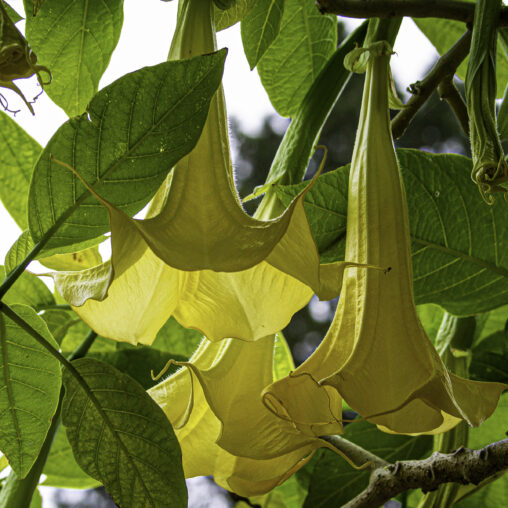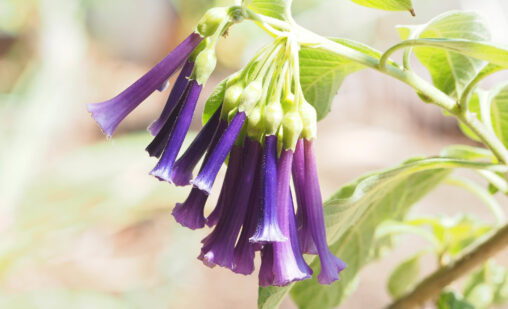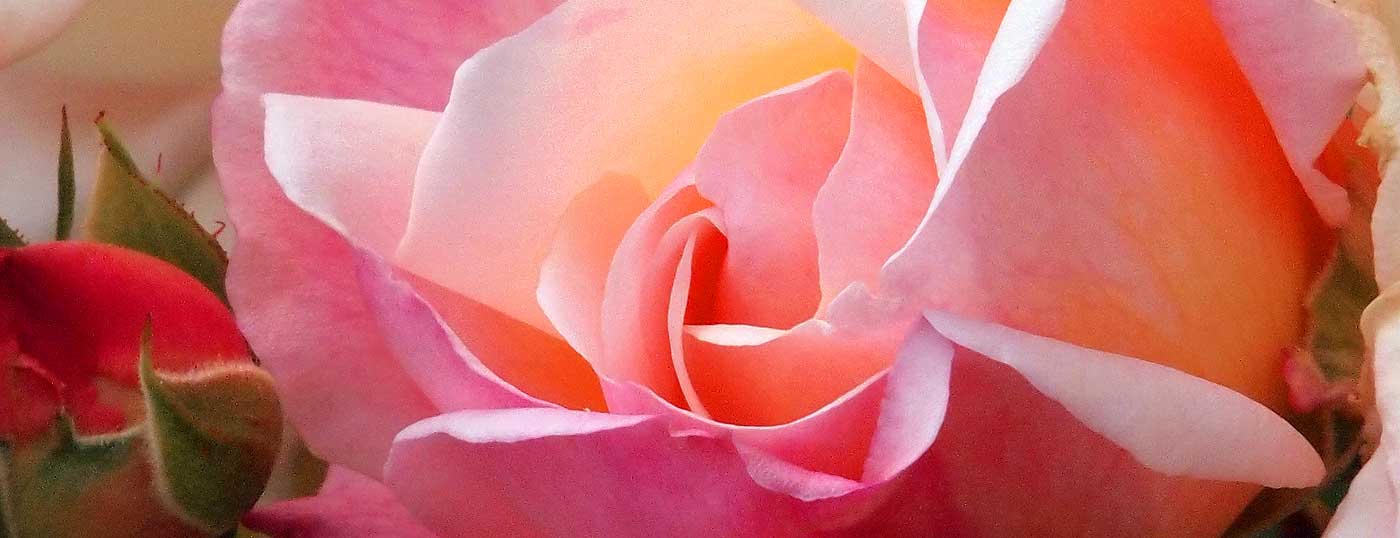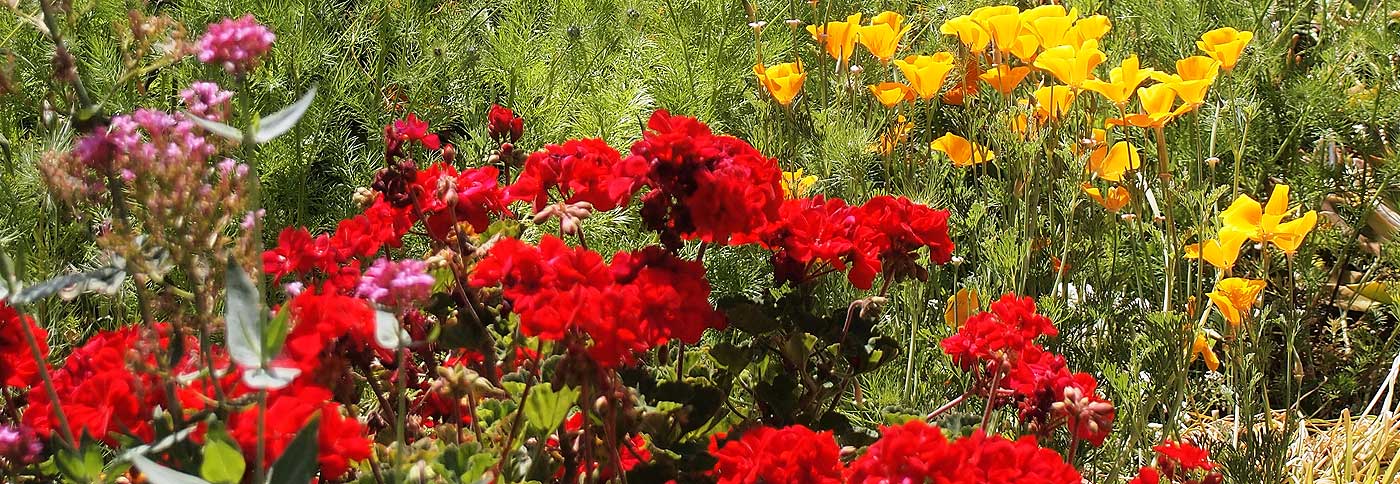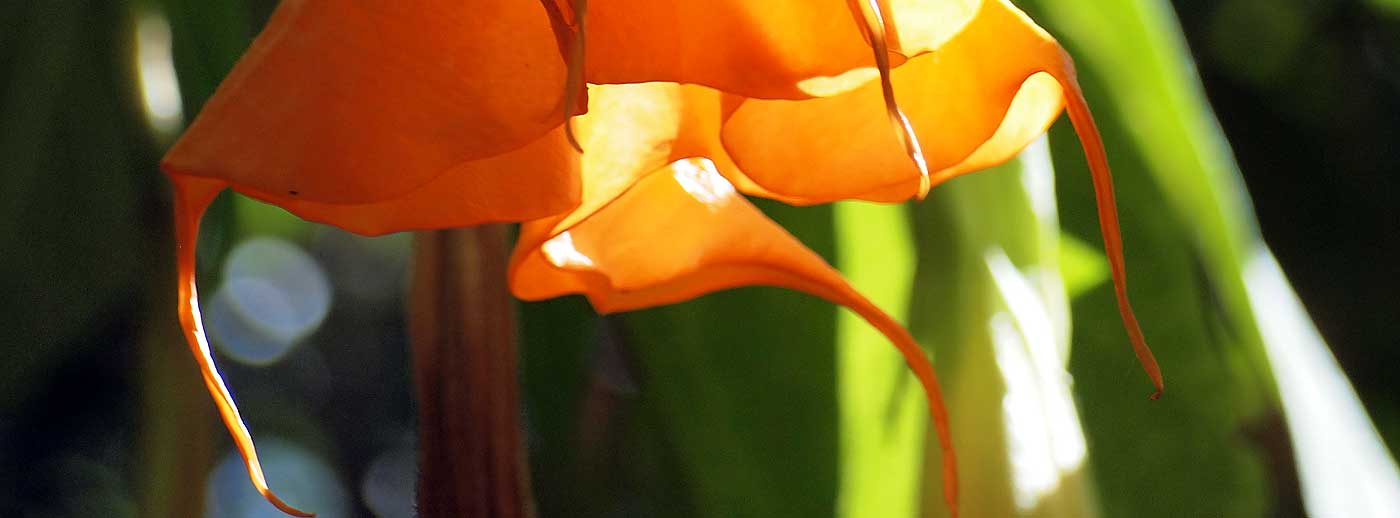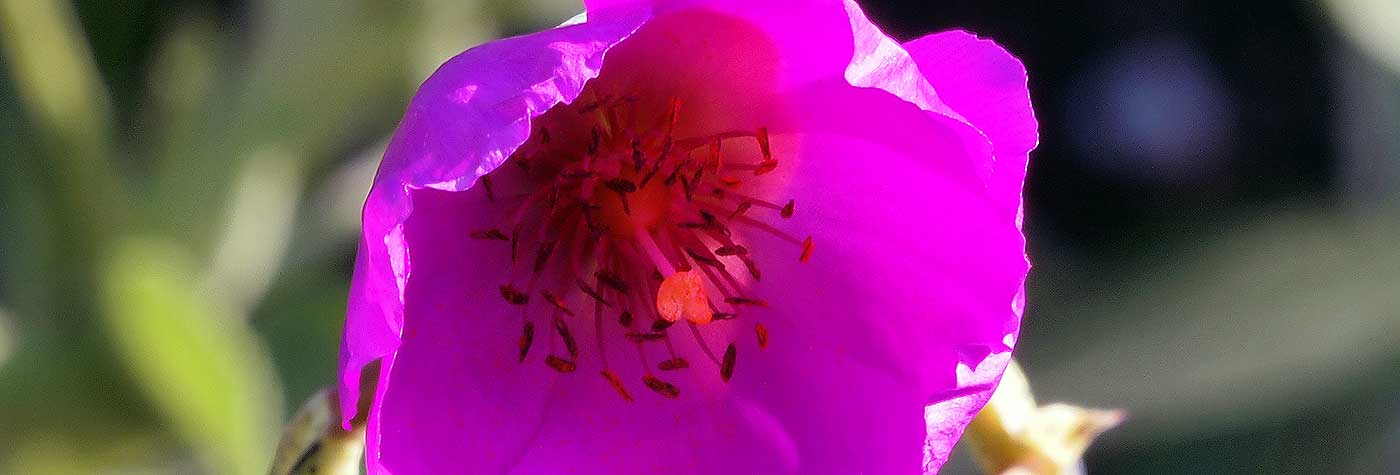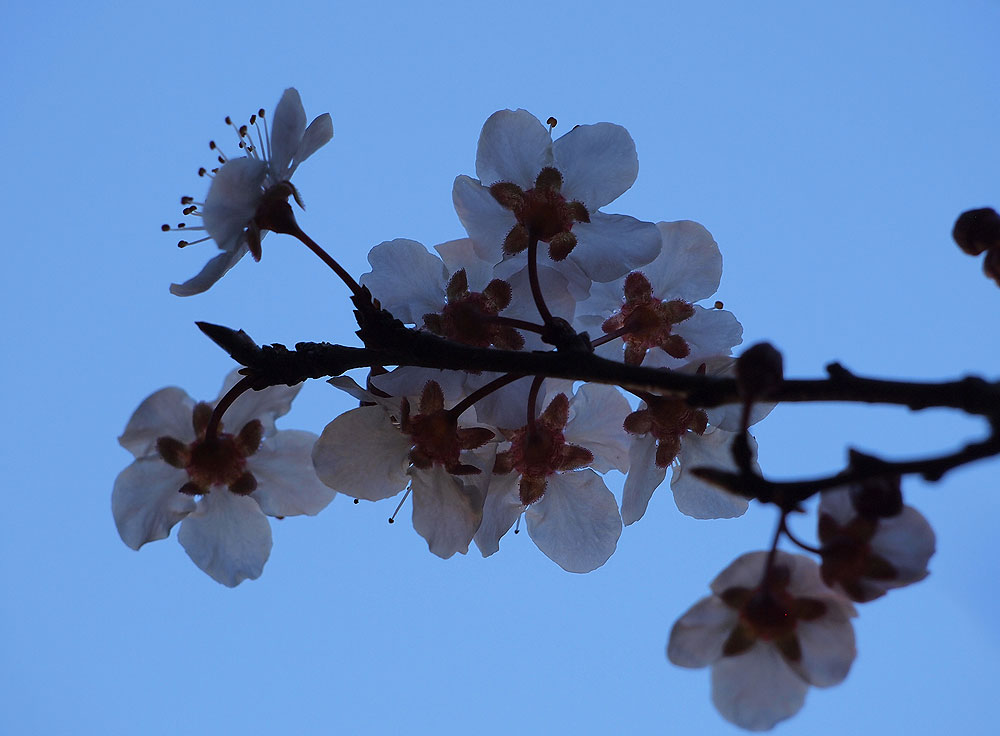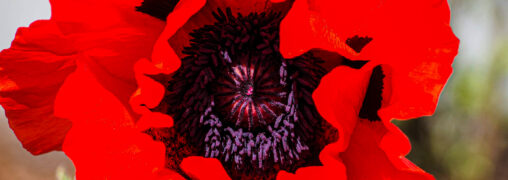Category: flowersPage 1 of 2
This fuschia plant was present on our property when we moved in. I don’t know what kind of fuschia it might be. It has suffered considerable neglect, yet…
Papaver rhoeas ‘Falling in Love’
Shameless.
This has been a good year so far for the Grüss an Aachen rose.
After many years, our aloe has started to flower. I would have said it was an aloe vera, but according to SFGate, those flowers are yellow. The plant…
The brugmansia is flowering heavily this year.
It might be just a few days after the solstice, but a few brave flowers are still giving their all on the Citrus Burst rose.
A California native.
